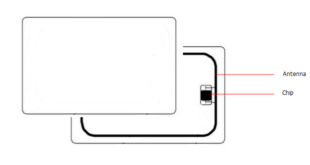During these last days, I was charged to start up a large project. It was a redundant security system. Meaning that, there was a main server, a fail-over server, two core switches and many POE switches.
I was then confronted to configure my servers on LACP mode. LACP stands for Link Aggregation Control Protocol. It is the aggregation of one or more Ethernet interfaces to form a logical point-to-point link, so, the MAC client can treat this virtual link like a single link.
In this article, I am going to walk you through a redundant security system.

Failover server
A redundancy requires having a failover server. The system should work with the main server. Nevertheless, in case of default, the failover would take over. Both the servers should have the same configuration. Besides, one is the mirror of the other.
Wiring a redundant security system
All the security devices, camera and door controllers are wired to POE switch(s). Network cables run from each switch to each core switch. Therefore, the redundancy takes place at the network level. Double wire guarantees that if one cable breaks, the second ensures the link.
The servers connect to the core switchs also with the same IP address (LACP)
Conclusion
As everything is networked, security systems adopt server-client architecture. As a result, a security system integrator is familiar with IP systems. Port forwarding, and remote accessing. However, with an IoT and the increasingly IP-enabled security technology, a danger is not only at the door. It is also on the internet. Hence, the importance of the cybersecurity. Therefore, the security integrator should develop skills and computing knowledge in order to be able to face the challenge.

